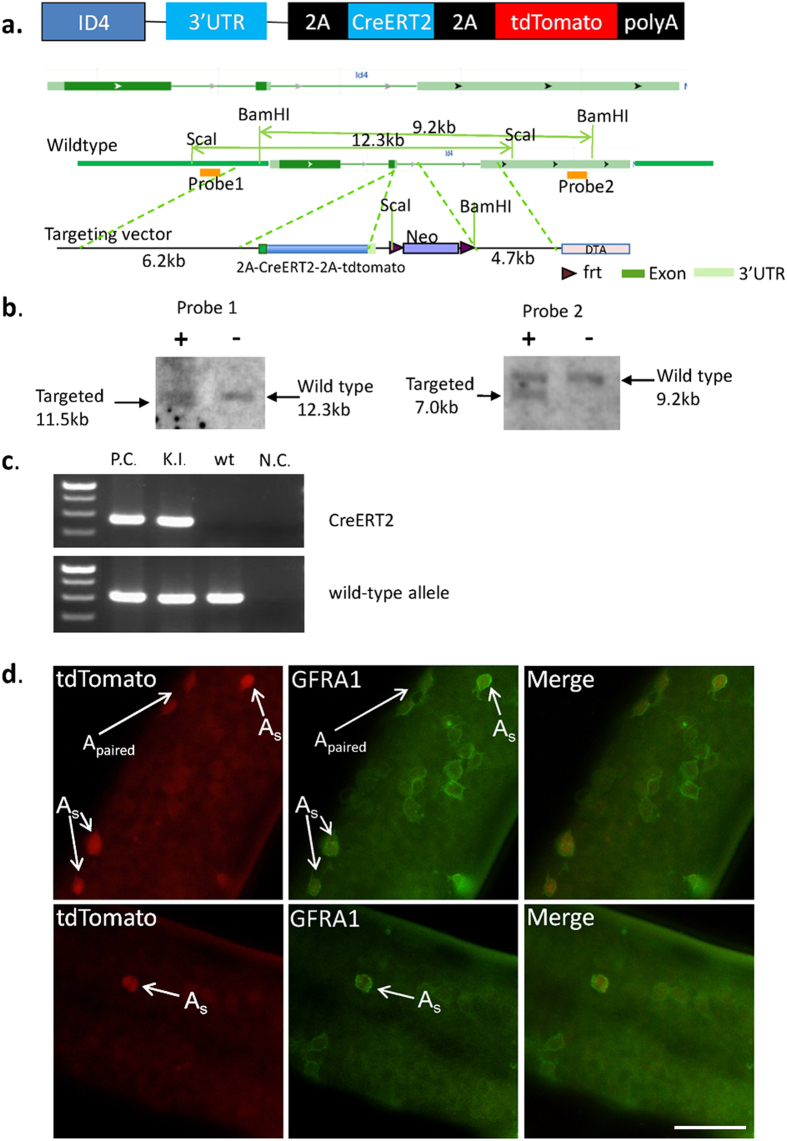Figure 1. Generation of Id4-2A- CreERT2-2A-tdTomato knock-in mice.
(a) Targeting strategy to generate Id4-2A-CreERT2-2A-tdTomato knock-in mice. Restriction sites, Southern blot analysis probes, and expected restriction fragment lengths are indicated. UTR, untranslated regions; 2A, 2A peptide (identified among picornaviruses and results in the cotranslational “cleavage” of proteins); CreERT2, a tamoxifen inducible Cre-estrogen receptor (ER) fusion protein. (b) Southern blot analysis to confirm correct integration of Id4-CreERT2-2A-tdTomato allele in ESCs. Southern blot analysis of ESC clone demonstrates the successful generation of the targeted Id4-tdTomato-2A-CreERT2 allele. (c) Genotyping of wild-type and heterozygous mice by PCR using primer pairs specific to the Id4-CreERT2-tdTomato allele (CreERT2) and wild-type allele. P.C., positive control; K.I., Id4-CreERT2-tdTomato knock-in mice; wt, wild-type mice; N.C., negative control. (d) Fluorescence image of whole mount staining of testes from Id4 -creERT2-2A-tdToamto mice. Immunofluorescence staining for GFRA1 shows the tdTomato is expressed in Asingle and Apaired GFRA1+ undifferentiated spermatogonia in testes of Id4 knock-in mice. Scale bar, 50 μm.

